Alison Darcy developed Woebot, a text-chatbot therapist, that helps users challenge their distorted thinking and coaxes them to describe their moods more clearly. As it is only a software, it can be there at 2 a.m. in case you are having a panic attack and no therapist can or should be near you while you are in bed. This brings us to conversational UI (user interface) that can help us lead a better life.

This is a glimpse of our rapidly arriving future where the talking software is increasingly helping us manage our emotions. There will be models powered by artificial intelligence (A.I.) and machine learning that can detect our feelings, possibly better than we can. There’s something about talking to software as it seems odd at first but when it responds intelligently, it seems alive. After all, it’s conversation and we have been conversing for ages. Before we dive right into how conversational UI works, let’s look at how it all began.
Timeline of Conversational UI
We will have to sit on a nice comfy seat in our little imaginary time machine and travel back in time to the early 19th century to witness the roots of conversational UI growing inch-by-inch.
Travel back in time to the early 19th century to witness the roots of conversational interface growing inch-by-inch
In an interesting compilation by Sara Bryn Birchard, the history of the conversational interface starts with the first Telegraph which was built in the 1830s and was used to send long-distance messages.
1939 saw the first device to output continuous human speech. While IBM Shoebox was invented in 1962 which was a voice recognition software, ELIZA was created to interact with humans through text in 1966. Subsequently, the first ever text adventure game called Colossal Cave came into the picture in 1976.
Today, we have intelligent personal assistants like Siri and Cortana that can attempt to answer our questions.
May A.I. help you? : Exploring Conversational Interfaces
There has been a rapid change in at least one human attitude towards machines. We have got used to talking to them. Millions now tell Alexa or Siri or Google Assistant to play music, jot down notes, put something on their calendar or tell a joke. We ask chatbots for trivia or to translate English phrases into French. If you contact customer service in a text chat these days, odds are that you may start out talking to software. When you need to talk to Alexa while you are sitting near a snoozing partner, Alexa comes with a whisper mode which allows it to receive whisper commands and whisper back in reply.
The rise of conversational agents is the next big shift in computer interfaces which can be correlated with the significant emergence of the point-and-click interface in the 80s. Thanks to Apple Macintosh which popularised the point-and-click and brought a volte-face in thinking vis-à-vis plenitude of text commands that were in use prior to this. Talking software gives us computers that ride along with us and, in the process, socialise with us. Being humanlike - like saying “hi”, telling a self-deprecating joke - is their interface metaphor, much as the first point-and-click computers used the trappings of office (wastepaper bin, a tiny pad of paper) for assisting us orienting us to the screen.
A conversational UI is a touchpoint that allows us to use a language to interact
So, what is a conversational user interface? It’s simple. It’s in the name. In simple terms, a conversational UI is a touchpoint that allows us to use a language to interact. It mimics a typical human conversation i.e. it makes you feel like you are chatting with a real human. For instance, the KLM airline service sending you your boarding pass on Facebook Messenger and switching you out of a middle seat when you ask is an example of a conversational interface.
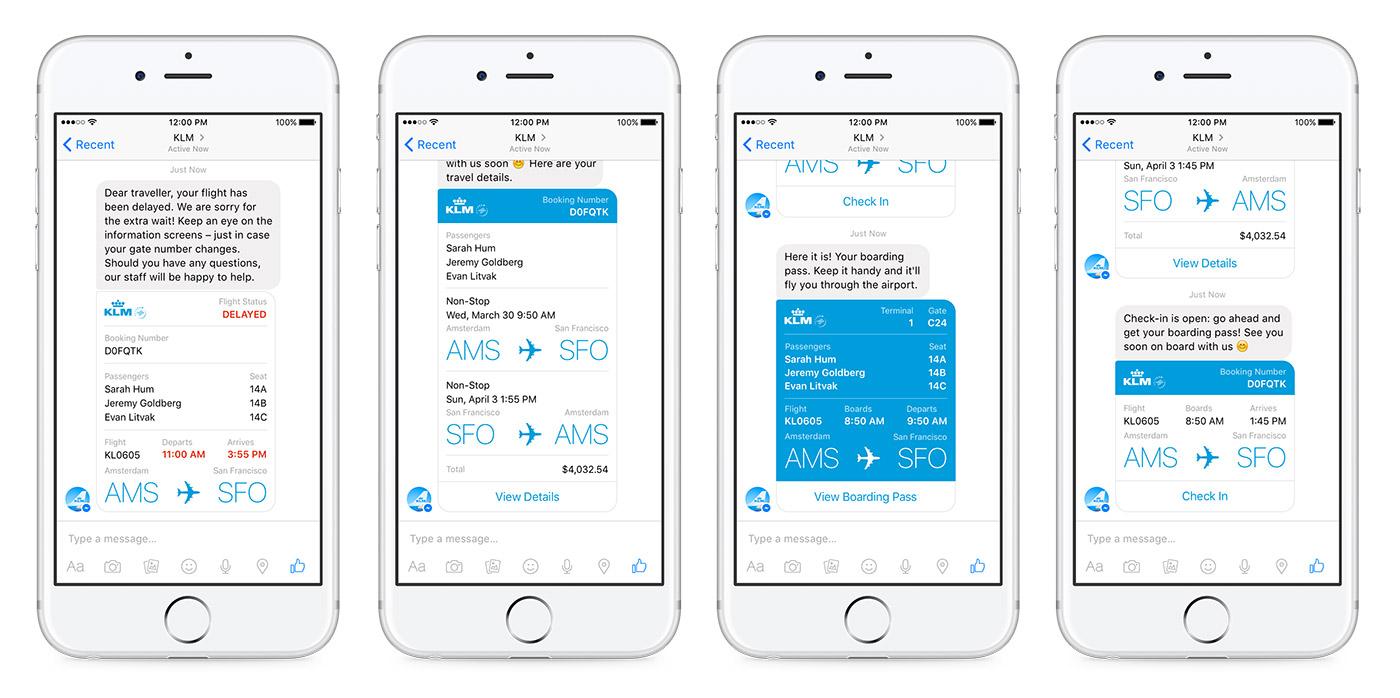
Like anything that people design, user interfaces have evolved over time. The global objective is to mitigate friction and make the interface more accessible to many groups of users.
Historically, computers and humans have spoken different languages. With conversation UI, both can finally speak the same language.
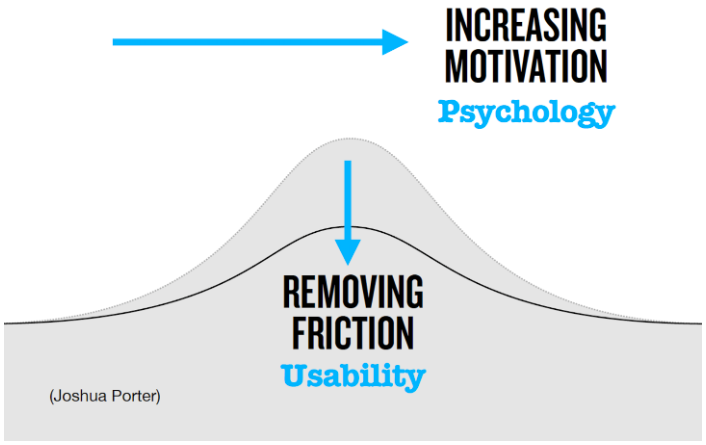
Categories of the Conversational Interface
Basically, there are two types of conversational interfaces. There are voice assistants with which you talk to and there are chatbots with which you interact using text.
In the case of voice assistants, almost all the major tech company that we can think of in the mobile space has developed a personal assistant leveraging voice technology. Apple has Siri, Google has OK Google, Amazon has Echo, Microsoft has Cortana and so on.
On the chatbots front, there a plenty of examples. Slack’s Slackbot poses as a real user in any slack team and is used for everything from onboarding new users to working as a notepad. You can even hail an Uber ride or order a pizza on Pizzahut through Facebook Messenger bot. A bot called U-report focusses on large-scale data gathering via polls for the UNICEF.
Principles of building a conversational interface
According to a piece on Econsultancy, there are four Cs that should be adhered to.
- Clarity: By introducing clarity to your conversational UI, you can make sure that customers spend less time figuring out what you mean and more time on the things that they want. You should present clear options and pose concise questions.
- Character: People prefer a virtual agent with a personality that is easy to perceive.
- Compassion: Even though your bot might be little more than a set of automated responses, it is still possible to build in some empathy.
- Correction: When you ask for a pizza to a bot, it is always nice to see that it does not shut down a conversation by just reply saying, “sorry, we do not have onion pizza” and instead replies, “Sorry, we do not have that pizza but would you like to order a tomato pizza instead?”.
The Benefits of using a Conversational Interface
Following are some of the major benefits of using a conversational interface:
Enhancing user attention
In a standard Graphical User Interface (GUI), users receive all the information at once. In contrast, information is provided progressively under the users’ command. For instance, check out this chatbot integration in Drupal CMS.
Lessening user frustration
Rather than asking openly what the user wants, we can proactively provide him with some choices so that he could get what he needs with fewer taps. Check out following video for example.
Cutting down on prices
Conversational UI is cost-effective and it especially stands out when it comes to post-deploy cost versus Natural Language Processing (NLP). Once the deployment is done, it can work independently from day one without any human assistance.
State of chatbots and voice assistant in future
A report on Market Research Future predicts that the chatbot market will witness a considerable growth of nearly USD 6 Billion and register a Compound Annual Growth Rate (CAGR) of 37% between 2017 and 2023.
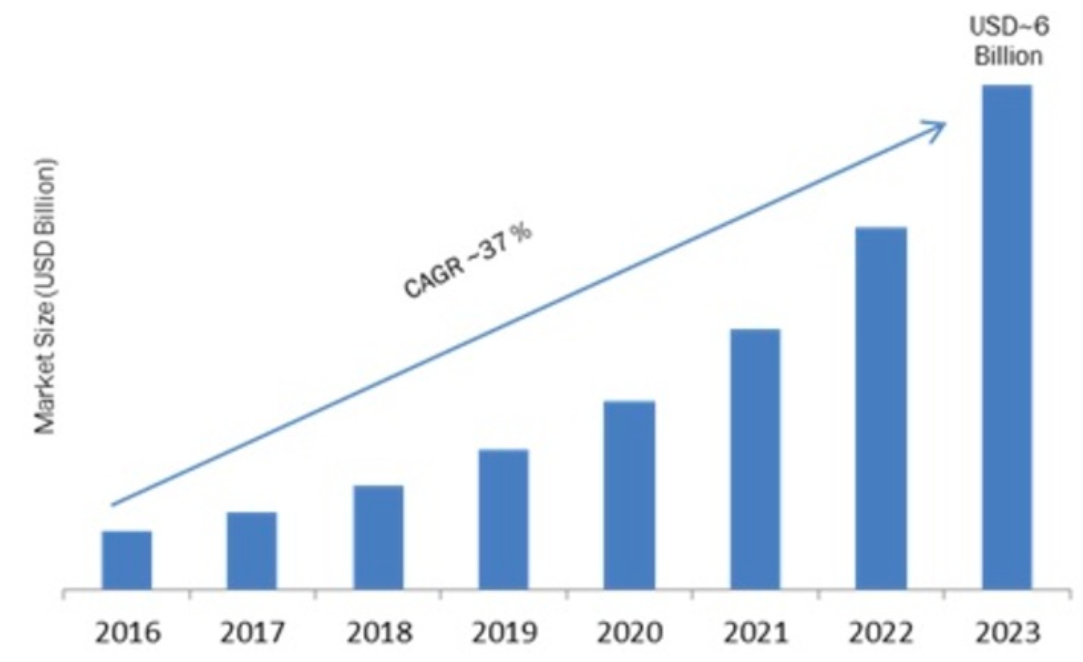
The report goes on to state that the chatbots market is estimated to display a high growth due to the increasing use of social networking websites and large-scale adoption of cloud-based technologies. In terms of usage, banking, financial services and insurance (BFSI) sector accounted for the maximum market share and will continue its dominance during the forecast period.
On the other hand, the future of voice assistant does not look bleak at all. Another report on Market Research Future states that the global voice assistant market is expected to grow at nearly USD 7.8 Billion by 2023 at 39.27% of CAGR between 2017 and 2023.
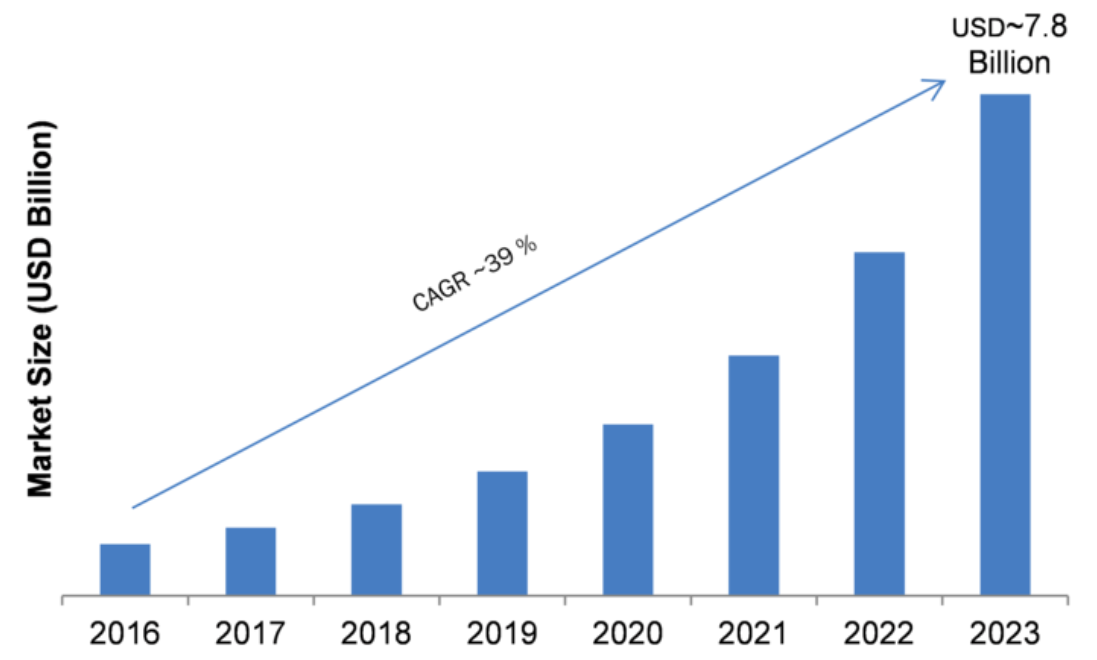
The growth is attributed to increased instances of voice searches and higher penetration of broadband and internet connections. Enhancement in the adoption of smart homes is also a major factor in its growth.
Conclusion
“It’s so frustrating”, says Steve Worswick, who worked for years offering IT support and talking people through problems like “I’ve forgotten my password”. To keep himself engaged, in the evenings he learnt how to create bots and over a period of 13 years, he built a bot called Mitsuku. For this, he won Loebner Prize competition for the most human-like bot 4 times. Now, as senior A.I. developer at Pandorabots, he imagines a world where the bots take over the exasperating conversational work that he used to do.
This is not just a dream of Worswick. It is already happening. Chatbots and Voice assistants will be an integral part of a wide array of sectors in the coming years and is only going to witness more growth. Perhaps communicating with A.I.s will mean atrophy for our social muscles. But the conversational interface is here to stay.
OpenSense Labs believes in innovation and is committed to offering great digital user experience with its suite of services.
Contact us at [email protected] to explore more on the conversational interface and how can we build an innovative solution for your enterprise.
Subscribe
Related Blogs
AI Fairness: A Deep Dive Into Microsoft's Fairlearn Toolkit
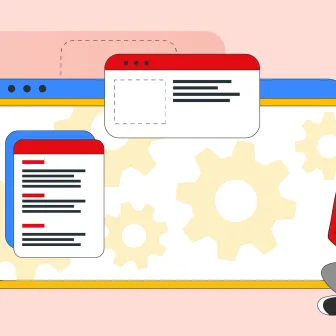
Artificial intelligence (AI) has changed the game across industries, especially in financial services. From automating…
API Documentation Tool: 10 Best Tools For 2025
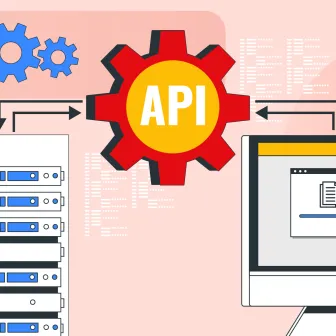
A Google search for ‘Best API Documentation Tool’ will show many results. The growing number of API documentation tools…
Debunking 6 Common Software Testing Myths

A flawless product delivery requires a perfect combination of both development and testing efforts. Testing plays a vital…




